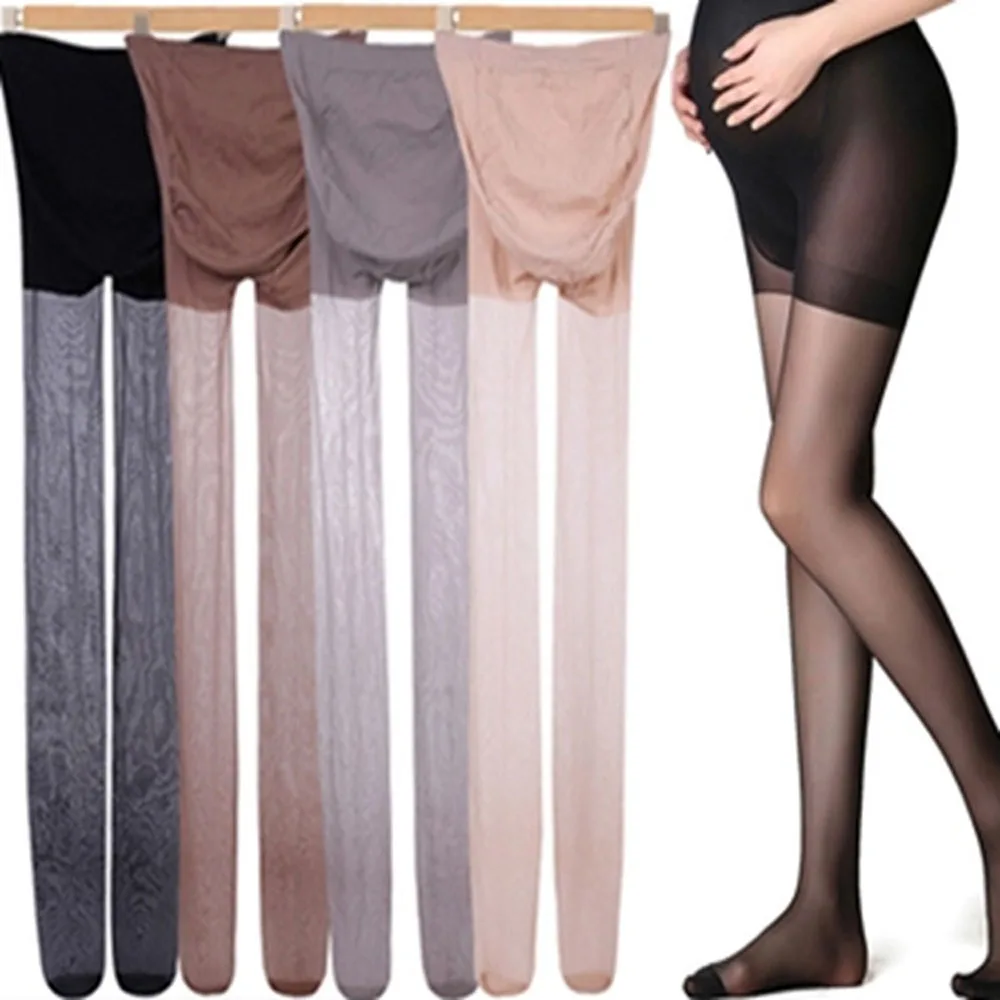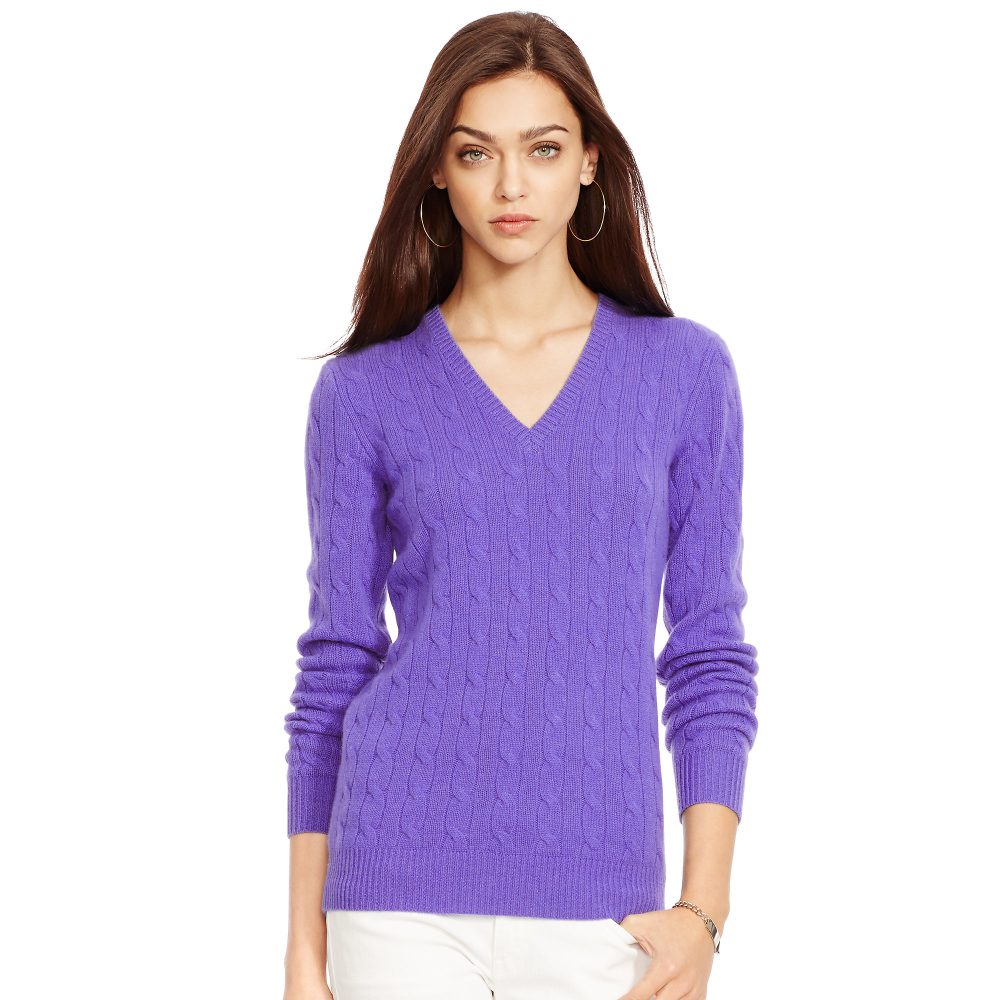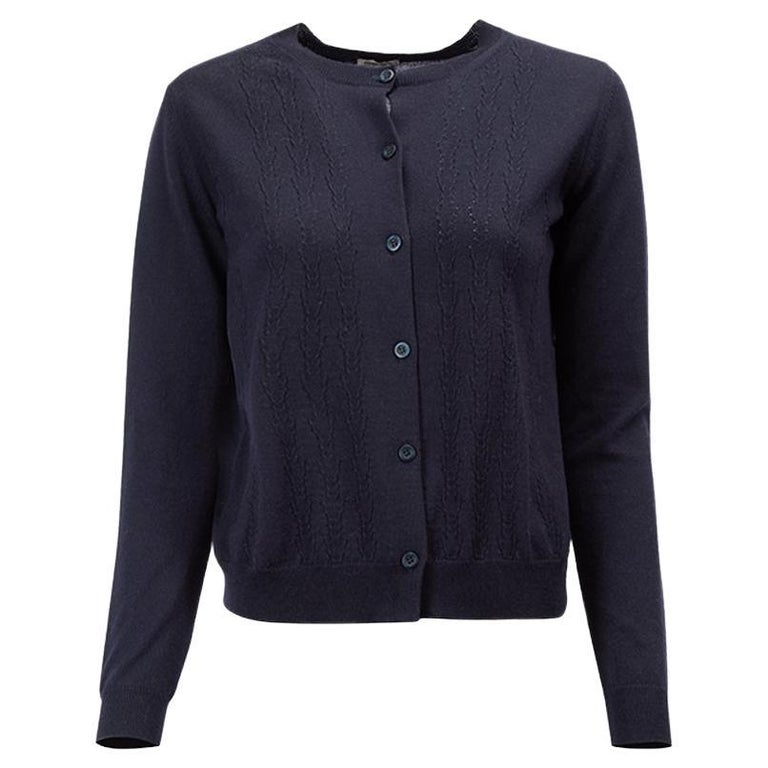Motherhood is a beautiful and transformative journey, but it also comes with its own set of physical challenges. As pregnancy progresses, the body undergoes various changes that can sometimes be uncomfortable or even painful. One helpful solution that expecting mothers can consider is the use of compression stockings. This article delves into the benefits, types, and how to choose the right compression stockings during pregnancy, providing a comprehensive guide to make an informed decision.
The Physiology of Pregnancy: Why Compression Stockings are Needed
The body experiences a myriad of changes during pregnancy to accommodate the growing baby. One of the most significant changes involves the circulatory system. Blood volume increases by about 50%, and a hormone called relaxin causes blood vessels to become more elastic. While these changes are necessary, they can lead to conditions such as varicose veins, leg swelling, and deep vein thrombosis (DVT). Pregnant women are particularly vulnerable to these conditions due to the pressure the growing uterus exerts on the pelvic veins, which hampers the return of blood to the heart.
Compression stockings are designed to alleviate these issues by applying graduated pressure on the legs, helping blood to flow back towards the heart more easily. This mitigates the pooling of blood in the legs, thus reducing swelling and the risk of varicose veins and DVT. The stockings are particularly useful for women who are on their feet for prolonged periods or are required to sit for long hours, as both can exacerbate circulatory problems.
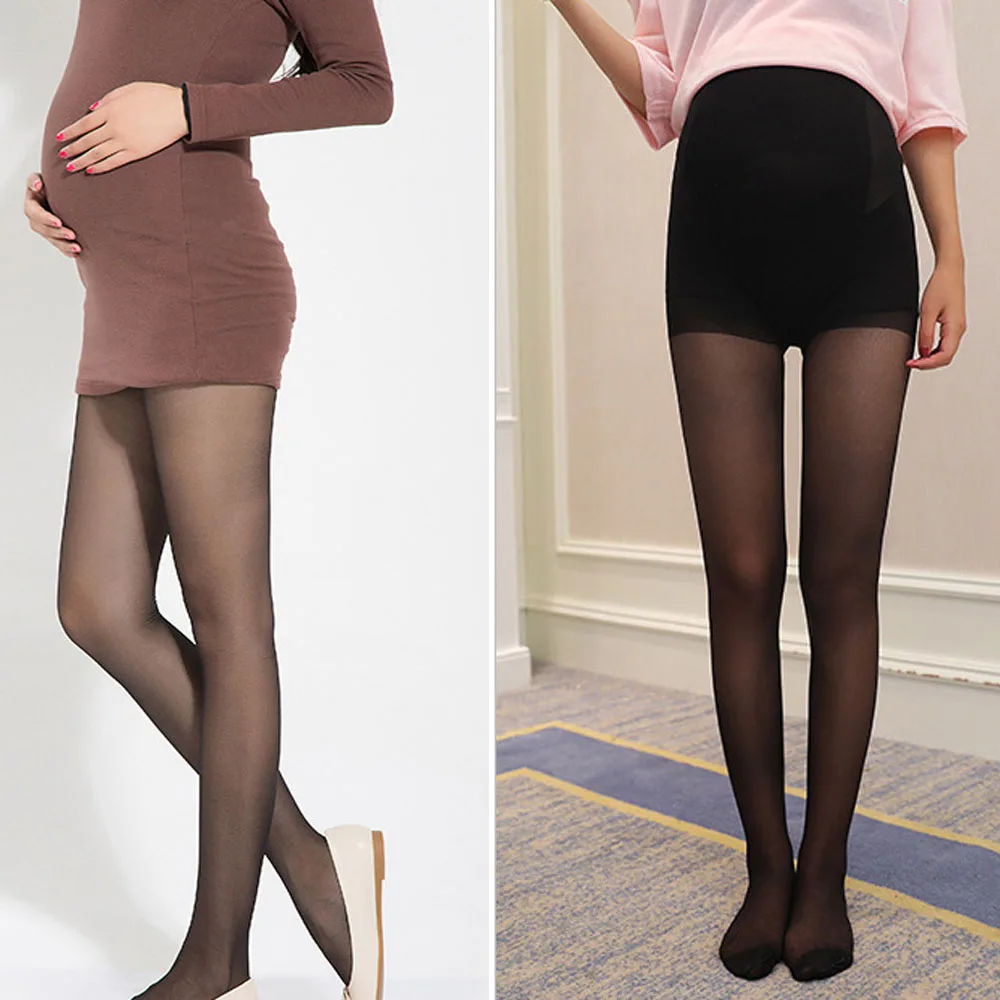
Benefits of Wearing Compression Stockings During Pregnancy
Wearing compression stockings during pregnancy offers multiple benefits beyond just addressing varicose veins and swelling. One of the primary advantages is the enhanced blood circulation they provide. Better circulation means oxygen and nutrients are more efficiently delivered to vital organs, including the placenta, thus benefiting both the mother and the baby.
Another significant benefit is the reduction in edema, a common condition during pregnancy, caused by fluid retention in the tissues. Compression stockings help to redistribute these fluids more evenly, thereby reducing the heaviness and discomfort commonly associated with swollen legs and ankles. Additionally, they offer considerable pain relief for swollen and tired feet, which can be a daily challenge for pregnant women.
Compression stockings can also play a crucial role in reducing the risk of DVT, a condition that involves the formation of blood clots in veins deep within the body, usually in the legs. DVT can be life-threatening if not managed properly, as the clot can travel to the lungs, causing a pulmonary embolism. Therefore, the regular use of compression stockings can act as a preventive measure, providing peace of mind for the expecting mother.
Types of Compression Stockings: Understanding Your Options
Choosing the right type of compression stockings is essential to reap their full benefits. Compression stockings come in various types, each designed to meet specific needs. The most common types include graduated compression stockings, anti-embolism stockings, and non-medical support hosiery.
Graduated compression stockings are perhaps the most recommended for pregnant women. These stockings provide a gradient of pressure that is highest at the ankle and gradually reduces as it moves up the leg. This design facilitates optimal blood flow towards the heart and is effective in preventing varicose veins and DVT. Anti-embolism stockings, on the other hand, are typically prescribed for individuals who are immobile for long periods, like bedridden patients. While they are useful, they may not be the best choice for pregnant women who are somewhat active.
Non-medical support hosiery offers lighter, uniform compression and is often used for minor cases of swelling and discomfort. While they are readily available and more affordable, they may not provide the specialized support needed for more severe pregnancy-related conditions. It’s important to consult with a healthcare provider to determine which type is best suited for your specific needs.
How to Choose the Right Compression Stockings
Selecting the right compression stockings involves several considerations, including the level of compression, size, and material. The level of compression measure in millimeters of mercury (mmHg) and typically ranges from mild (8-15 mmHg) to extra firm (30-40 mmHg). For most pregnant women, mild to moderate compression (15-20 mmHg) is sufficient, but your healthcare provider can offer guidance based on your individual circumstances.
Size is crucial for comfort and effectiveness. Compression stockings that are too tight can cause more harm than good, while those that are too loose will not offer the necessary support. Proper measurements of your legs are essential, and many stores provide fitting services to ensure you leave with the correct size. It’s crucial to measure the circumference of the ankle, the widest part of the calf, and in some cases, the thigh, in addition to the leg length from the floor to the bend of the knee or thigh.
The material of the stockings is also an important factor. Most compression stockings are made of a blend of nylon and spandex, which provides elasticity and durability. However, some stockings design with added features such as moisture-wicking and antimicrobial properties, which can be beneficial for maintaining hygiene and comfort, especially during warmer months. Seamless designs are also preferable for avoiding skin irritation and maximizing comfort.
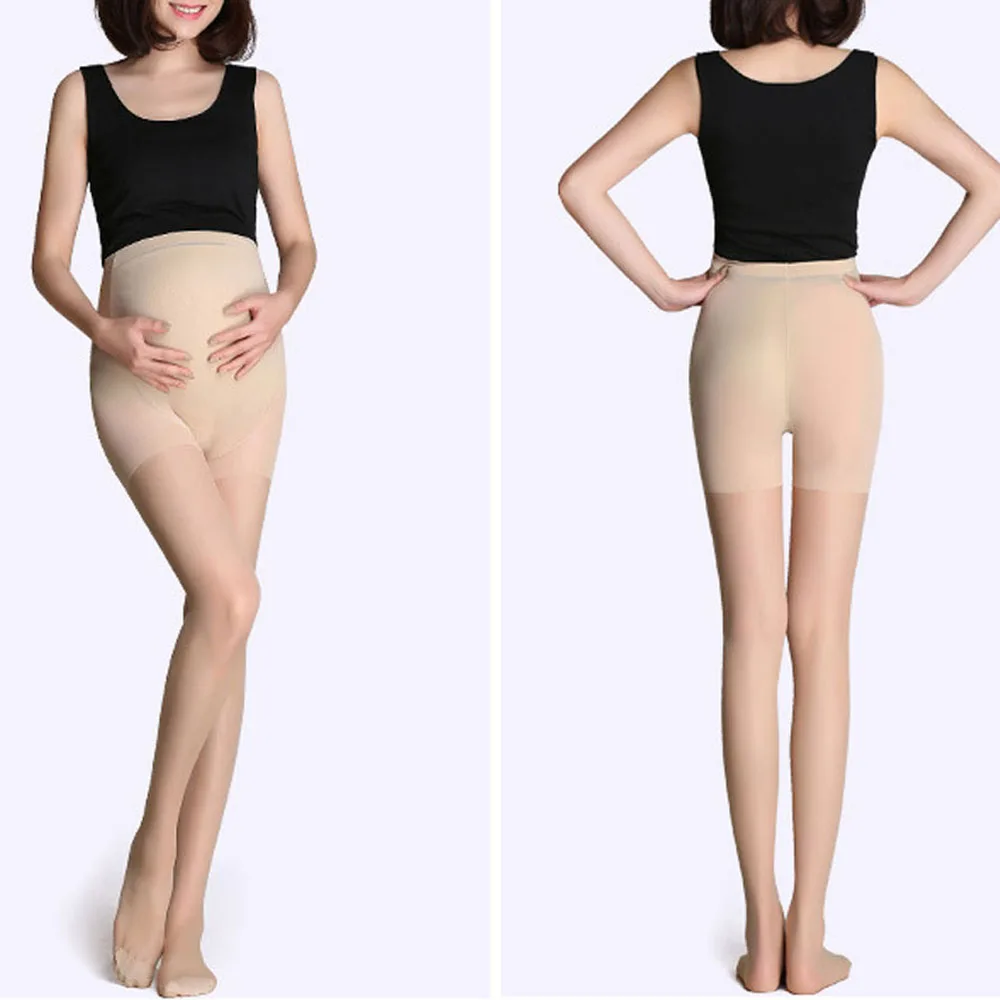
When and How to Wear Compression Stockings
Knowing when and how to wear compression stockings can significantly enhance their effectiveness. It generally advise to put on compression stockings early in the morning before getting out of bed. At this time, the likelihood of swelling is at its minimum, making it easier to wear the stockings and ensuring they fit properly throughout the day.
Once worn, the stockings should stay on throughout the day and can remove before bedtime. If you’re traveling long distances by car or plane, wearing compression stockings is particularly important, as prolonged sitting can exacerbate circulatory issues. While sleeping in compression stockings generally not recommend, specific medical conditions may require 24-hour wear. Always consult your healthcare provider regarding this matter.
Wearing and removing compression stockings can be a bit challenging due to their snug fit. It may help to sit down and use a bit of baby powder or cornstarch on your legs to make the stockings glide on more easily. Some women find it helpful to wear rubber gloves, which can provide a better grip and reduce the risk of tearing the fabric. Gradually roll the stockings up your leg, smoothing out any wrinkles as you go along to ensure even pressure distribution.
Care and Maintenance of Compression Stockings
Proper care and maintenance of compression stockings can prolong their lifespan and ensure continued effectiveness. These stockings need regular washing to maintain their elasticity and hygiene. It’s advisable to wash them by hand using a mild detergent and lukewarm water. Avoid using bleach or fabric softeners, as these can degrade the elastic fibers.
After washing, gently squeeze out excess water without wringing the fabric and lay them flat to dry away from direct heat sources. Using a dryer or exposing them to intense sunlight can cause the material to lose its elasticity more quickly. Many manufacturers provide specific care instructions that are crucial to follow for optimal results.
Wearing the same pair every day can wear them out more quickly, so it’s advisable to have at least two pairs to alternate between. This not only extends the life of the stockings but also ensures that you always have a clean pair ready to wear. Regular examination for signs of wear and tear, such as thinning fabric or loss of elasticity, is essential. Replace the stockings as soon as you notice any degradation to ensure they continue to provide the necessary support.
Potential Risks and Precautions
While compression stockings are generally safe, it’s crucial to be aware of potential risks and take appropriate precautions. Ill-fitting stockings can cause discomfort, skin irritation, or even exacerbate circulatory issues. Always consult with your healthcare provider to determine the appropriate size and level of compression.
Some women may have pre-existing medical conditions like diabetes or peripheral arterial disease, which could make wearing compression stockings more complicated. These conditions can affect blood flow in ways that could make compression stockings harmful rather than beneficial. Always consult your healthcare provider before starting to use compression stockings if you have these conditions.
Pregnant women should also pay attention to any changes in their skin, such as rashes, redness, or sores, which can exacerbate by compression stockings. If any such issues arise, discontinue use and consult a healthcare provider immediately. It’s crucial to listen to your body and make adjustments as needed. If at any point, the stockings cause more discomfort than relief, it might be time to reassess your choice or fit.
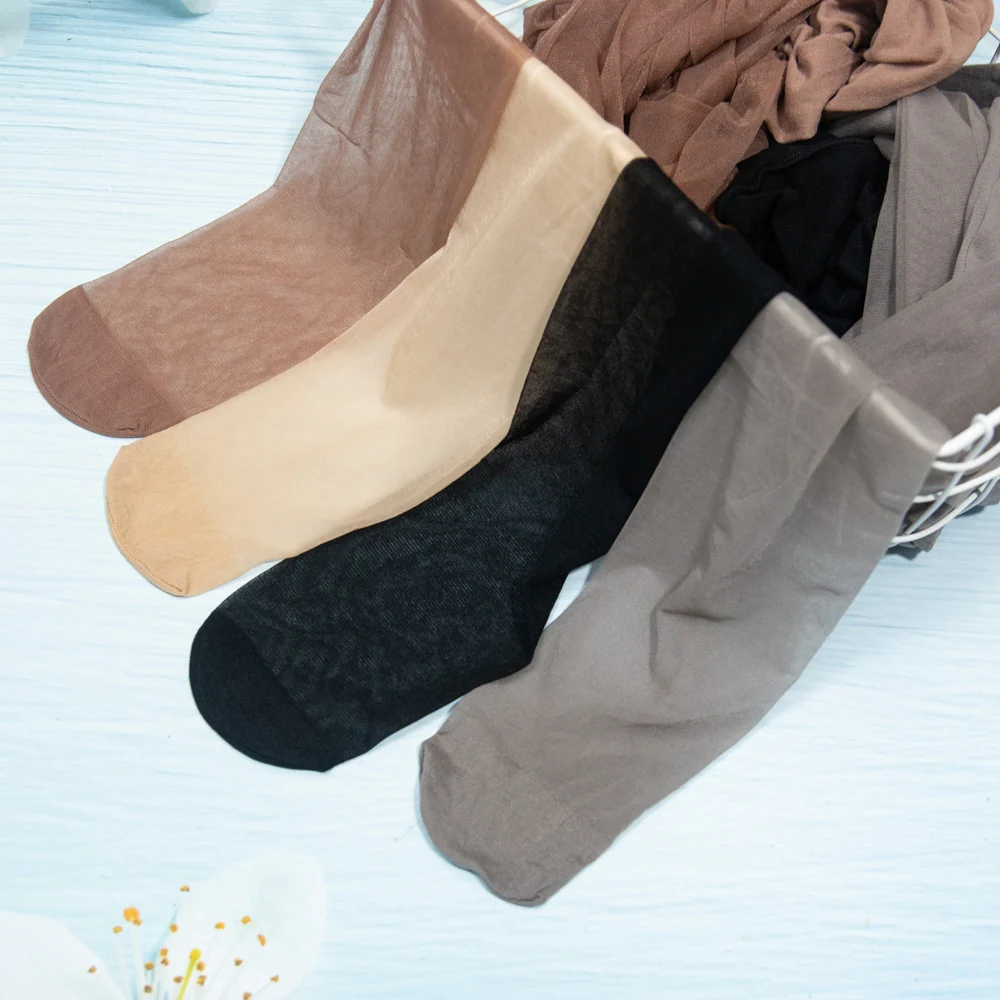
Conclusion
Navigating through pregnancy comes with a unique set of challenges, but tools like compression stockings can make the journey more comfortable and safer. By improving blood circulation, reducing swelling, and minimizing the risk of severe conditions like DVT, compression stockings serve as an invaluable ally for expectant mothers. Understanding the types available, how to choose the right pair, and the proper way to wear and care for them are crucial steps to maximizing their benefits. Always consult with a healthcare provider to tailor your choice to your specific needs, and enjoy a healthier, more comfortable pregnancy.






